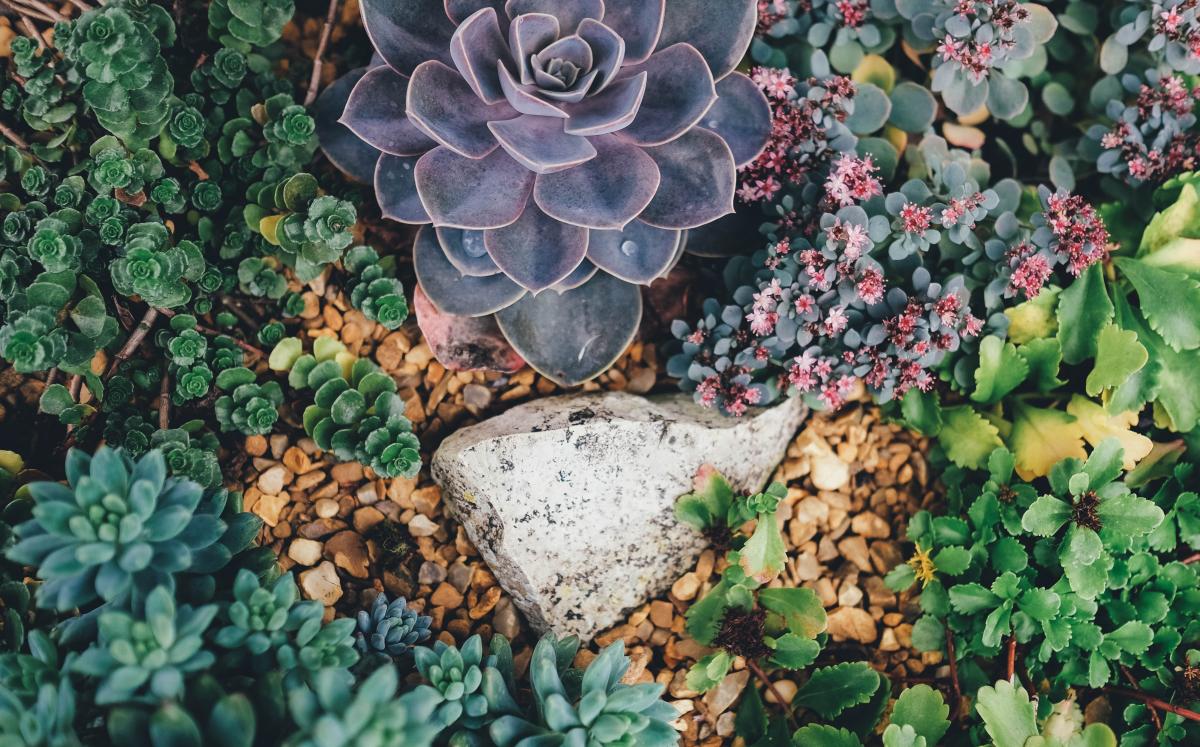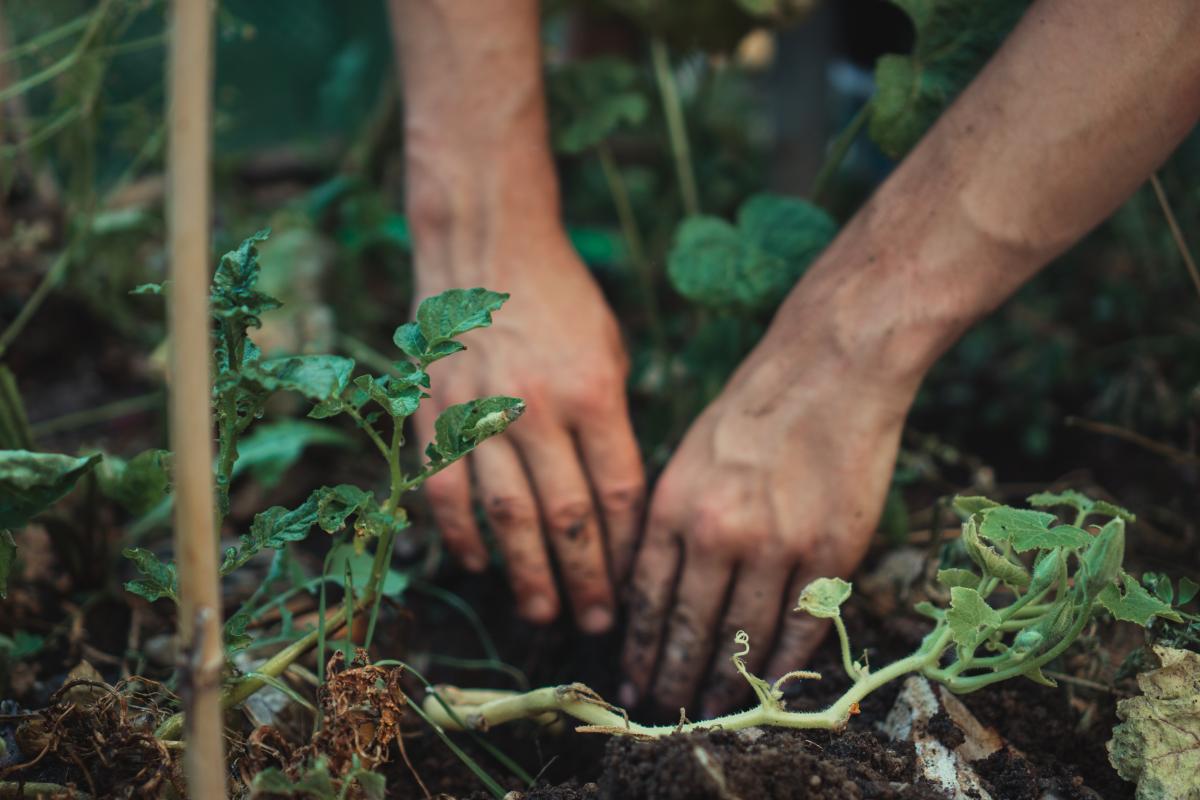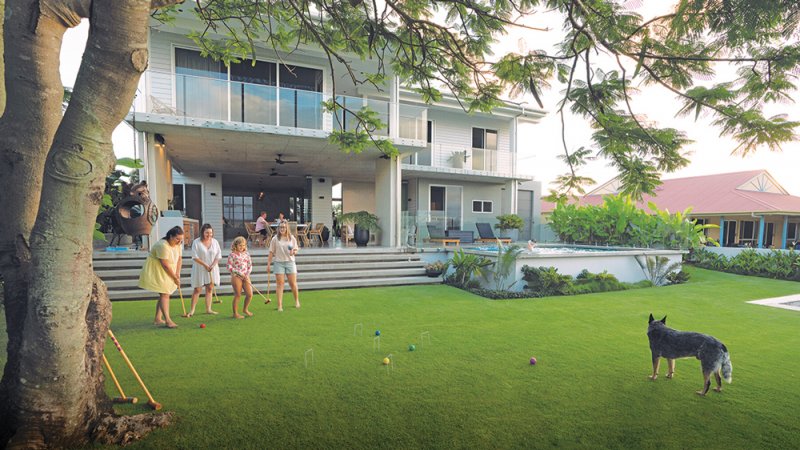Spring is here!
The days are getting longer and the sun that little bit warmer it’s time to pack away the jumpers and puffer jackets and get into the garden. Now’s the perfect time to create or rejuvenate that garden project you’ve been putting off over the colder months.
We’ve put together some ideas below to help get you started.
Consider the sun aspect
The orientation of your property can have a significant impact on the type of plants you can grow. Knowing which direction your garden faces will help determine the amount of sunlight each plant gets creating optimal growing conditions.
- Is it morning or afternoon sun?
- Will it be shaded by trees or other structures?
- Will the aspect change as the garden grows?
Understanding how much or how little sunlight your garden will get at the design stage allows you to create a garden that suits you and your needs. More than that, it allows you to understand the different planting options you have and how to grow your plants in places that best suit them.
Water and drainage.
To maintain healthy plants and a healthy garden, you need to know how much water your soil needs.
The largest waste of water comes from applying too much, too often. Instead of watering the entire garden, consider watering only the plants that need it. Many varieties of plants are hardier than you think and will go long periods without additional watering.
Less frequent watering encourages the roots down to find water, making plants less reliant on surface water and able to cope with those balmy Brisbane days.
The easiest way to tell if your garden needs a drink is by checking soil moisture. You can do this by using a moisture meter available at most nurseries or going old school by inserting a trowel into the soil. Tilt the trowel to check the moisture of your plants.
You can also insert an old piece of wooden dowel into the soil to determine the depth of soil moisture. If the dowel comes out clean, the soil is dry.
Poor drainage is a common problem in many gardens and left untreated can cause damage to structures, drown out expensive plants and become a breeding ground for insects like mosquitos.
There are a couple of factors that can lead to a garden failing to drain excess water and different problems call for different approaches. Below are some of the most common reasons your garden may be draining poorly:
Land slope – in many cases, water pools in a yard because the flat plane doesn’t divert enough water away
Inadequate soil quality – water only gets to soak into the ground if there is a good soil containing the right mix of loam and organics. The opposite of this is where you have hard, compacted soil, such as clay. In this case, water cannot soak in, forcing it to pool in your yard.
Runoff erosion – in rainy and storm-prone areas, excess runoff may have stripped away some of the topsoils in your yard, leading to heavy water collection below the eroded areas.
Consider some of these solutions below:
Landscape with Gravel
Water drains quicker through gravel than it does through most types of soil, so puddles form less readily on gravel-covered pathways and borders than they do on soil surfaces. A simple 5cm layer of gravel will deter puddling.

Dig a Creek Bed
An artificial creek will draw water away from low spots. This involves digging a long, shallow trench and filling it with river pebble and decorative rocks. Assuming your yard has the right downward slope, this installation will act as a drain for runoff to escape through.
A bonus to a creek bed is that even when it’s not in use, a dry creek can be an attractive addition to your landscaping
Install a French Drain
If drainage issues can’t be addressed by surface-level adjustments, it may be time to go deeper. French drains are installed below the topsoil to disperse and redirect excess water. Consisting of a trench filled with gravel and a slotted ag pipe running down the length of the drain, the pipe is then covered up with soil or river stones at the grade level. French drains are versatile and can be installed almost anywhere.
Checking soil health
Soil tests are a great way to determine the overall health of your soil. Understanding the biological, physical and chemical make-up takes the guesswork out of what specific nutrients and minerals need to be adjusted.
Plants absorb all their nutrients from the ground, and if the soil doesn’t contain the nutrients the plant needs, it won't grow as well as it should.
Soil test kits are available at most good-quality landscape and garden centres.

What to plant?
So, you’ve now considered the sun aspect, you’re all over the water and drainage and your soil is balanced and ready to go…. So, what do I plant? There are so many varieties and types of plants out there that it's hard to know where to start, here are some varieties perfect for spring planting here in Brisbane.
Herbs- basil, chives, coriander, dill, mint, oregano, parsley, sage and thyme.
Fruit and Vegetables- beans, beetroot, broccoli, cabbage, capsicum, carrot, cucumber, eggplant, lettuce, onion, parsnip, potato, pumpkin, radish, squash, sweet corn, sweet potato & tomato.
Flowering Plants- gardenias, alyssum, cosmos, marigolds, petunias.
Mulching
Most of us know what mulch is right? But what does it do and why do we need it?
There are a couple of important reasons to mulch. The first is water conservation. Mulch helps stop the soil from drying out, keeping it moist. Mulch can reduce watering by up to 50 percent and will help regulate soil temperature. Mulching is also a great way to suppress weeds which compete with your plants for nutrients and are an eyesore in any garden.
So, what mulch do I use?
Here at Western Landscape Supplies, you are spoilt for choice. We have one of the largest ranges of mulches in Brisbane catering for any style or budget.
Organic mulches are by far the most popular type of mulch because over time they break down adding organic matter back into the soil, improving soil structure and microbial activity.
Sugar Cane mulch is a super popular choice for vegetable gardens and fruit trees. Using the leaf of the sugar cane plant this mulch slowly breaks down enriching the soil with nutrients and organic matter. It’s a natural, renewable and sustainable resource from sugar cane waste.
Bark or chip-type mulches are other great choices. Chip-type mulches take longer to break down hence less topping up and maintenance. Coming in a range of sizes and colours (natural or dyed) they can really lift the overall appearance of your garden landscape.
Tip: As mulches such as bark and chips break down, soluble nitrogen is taken from the mulch by bacteria and fungi. This is commonly known as nitrogen draw down. To overcome this always apply a good quality organic fertiliser before mulching.
What now?
Ok, so we’ve planted the seed (pun intended).
It’s design time. Need some inspiration or ideas? Walk around your neighborhood. You’ll be surprised how many ideas you can pick up by simply looking at what others have done (right and wrong).
There are literally hundreds of websites with garden ideas online. Get Googling…
Ready for action?
Let’s roll baby…
Unsure of what soils, mulches and other landscape materials you need for the project?
Need advice on volumes or how to get it home?
Relax. We've got you!!
Drop into our brand-new landscape yard in Willawong, browse the range, talk to one of the team and let us tailor a solution that fits.
We are open and deliver 7 days a week. Alternatively, shop online at www.westernlandscape.com.au
You got this!




